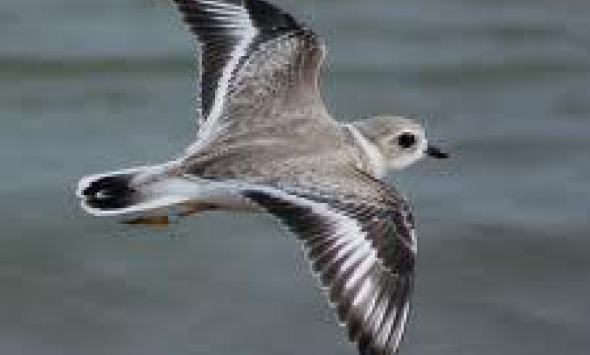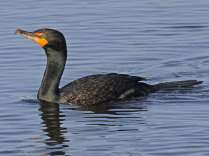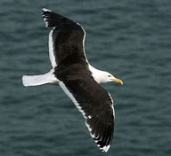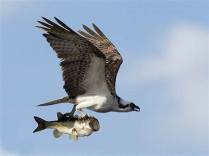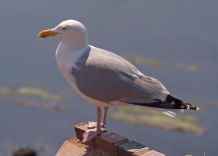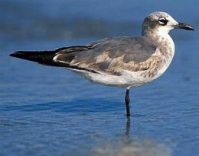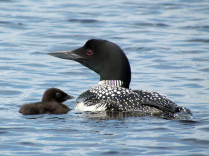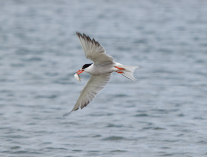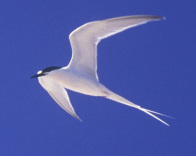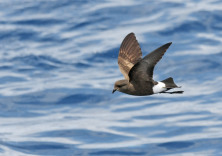Half Day:
Block Island Sound, Watch Hill, Napatree Point, Fishers Island, Little Gull, Great Gull, and Plum Islands are an important stop over for migratory birds. Part of the North American Flyway, we are visited by a large diversity of migratory birds. We venture out into the sea aboard ENCORE to see these birds interacting with each other and the harsh environment. Call for Private Charter 860.227.2339
We have a large population of shorebirds as well. The bay just off of Watch Hill is home to a large variety of birds. Surrounded by protected nesting areas during our peaceful sail you will observe these beautiful birds surrounded by the beauty of this special place. Sail aboard TRIM AGAIN for two or three hours. We supply binoculars. Bring your camera!
Call for Private Charter: 860.227.2339
Double Crested
Cormorant
Phalacrocorax auritus auritus
Identification:
Length: 29 to 35 inches; spread 50 to 53 inches.
Range: Newfoundland,Ontario to gulf coast of Florida
Breeding: In colonies on cliffs, islands, trees nest: sticks and seaweed
Description: Upright figure when perched, neck long and slightly curved, and tail is used like a prop. Often seen standing with wings spread to dry, may be recognized instantly.
Great Black-backed
Gull
Lorus marinus
Identification:
Length: 28 to 31 inches; spread about 65 inches
Range: Greenland to Florida
Breeding:Colonized groups in a variety of ground habitats nests: A variety of materials from seaweed, shells, sticks, chips and shells
Description: One of the largest gull species in our area black wings and white body separates this gull from others. An aggressive gull lives mainly along the New England coast. Seen year round
on-shore as well as off-shore
The osprey or more specifically the western osprey — also called sea hawk, river hawk, and fish hawk — is a diurnal, fish-eating bird of prey with a cosmopolitan range. It is a large raptor, reaching more than 60 cm in length and 180 cm across the wings. It is brown on the upperparts and predominantly greyish on the head and underparts. The osprey tolerates a wide variety of habitats, nesting in any location near a body of water providing an adequate food supply
Herring Gull
Lorus argentatus smithsonianus
Identification:
Length: 22 to 26 inches; span 54 to 58 inches
Range: Widely dispersed from New England, great lakes to the Bahamas
Breeding: same as the Great Black- backed Gull
Description: black band near the tail and a reddish orange spot on lower beak. seen both in fresh and salt water. Herring Gulls like most gulls are scavengers.
Laughing Gull
Larus atricilla
Identification:
Length:15 to 17 inches; spread about 40 inches
Range: Southern Maine to Florida
Breeding: Same as the Great Black- backed Gull
Description: Often identified by it's vocal ha ha ha call before being seen. This smaller gull has a black head and is often seen within the feeding groups of whales. Laughing
Gulls are often seen shore-side where people are likely to drop or leave food.
Common Loon
Gavia immer immer
Identification:
Length: 28 to 36 inches; Spread 52 to 58 inches
Range: Newfoundland, Nova Scotia, Maine to southern Indiana
Breeding: Within it's ranges as above nests: a mere hollow in the ground or a mass of vegetation.
Description: Known for it's call, there sounds are like crazy laughter. This black and white bird is seen often in the spring.The pattern is unmistakable with it's ringed neck, patterned wings and
pointed beak. this sea bird like many others have it's legs further back from it's body making it difficult to walk on land.
Common Tern
Sterna hirundo hirundo
Identification:
Length: 13 to 16 inches; spread 29 to 32 inches
Range: Wide range, worldwide
Breeding: world wide nest; ground built from pebbles with shells, fish bones, grass, seaweed. Usually in an open area
Description: Slender white bird with gray mantle and black cap. Can be seen on the shoreline as well as out in areas where small fish are abundant.
Roseate Tern Now considered an endangered species in the northeast. Apparently was once far more numerous along much of Atlantic Coast, but today nests at only a few sites. Initial decline may have been caused by hunting for plume trade in late 1800s. After partial recovery, some colonies disappeared after 1930s when islands were overrun by expanding populations of Herring Gulls in northeast. Continuing decline may involve hunting of terns on wintering grounds in northeastern South America.
Wilson Storm
Petrel
Oceanites oceanicus
Identification:
Length: 7 to 7 1/2 inches; spread 16 inches
Range: all oceans
Breeding: antarctic nest; A burrow in ground or under rocks
Description:This tiny bird is the size of a cardinal and appears all black with a white rump patch. Only one species of storm-petrel is commonly found in our surrounding water, the
Wilson’s Storm-petrel. The other possibility Leach’s Storm-petrel, is very rarely seen. These two-ounce birds you see on in August may very well be nesting among penguins on the continent
of Antarctica as you celebrate New Year’s Day.
